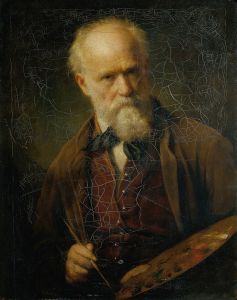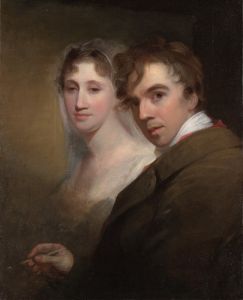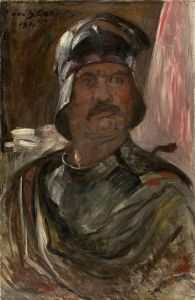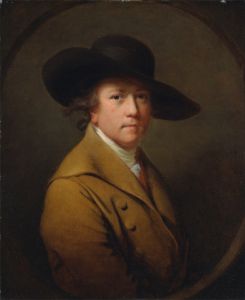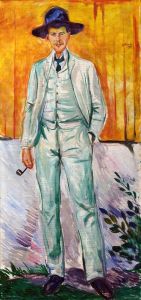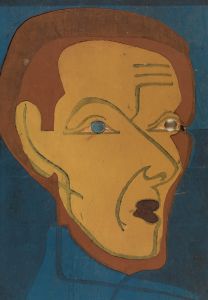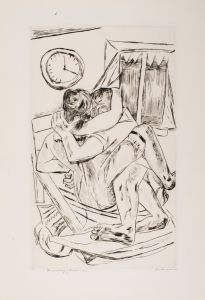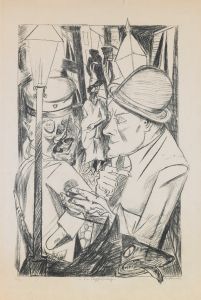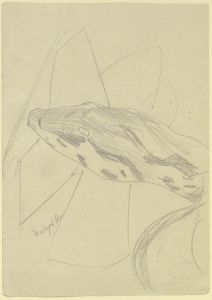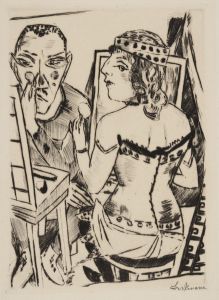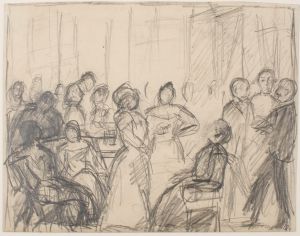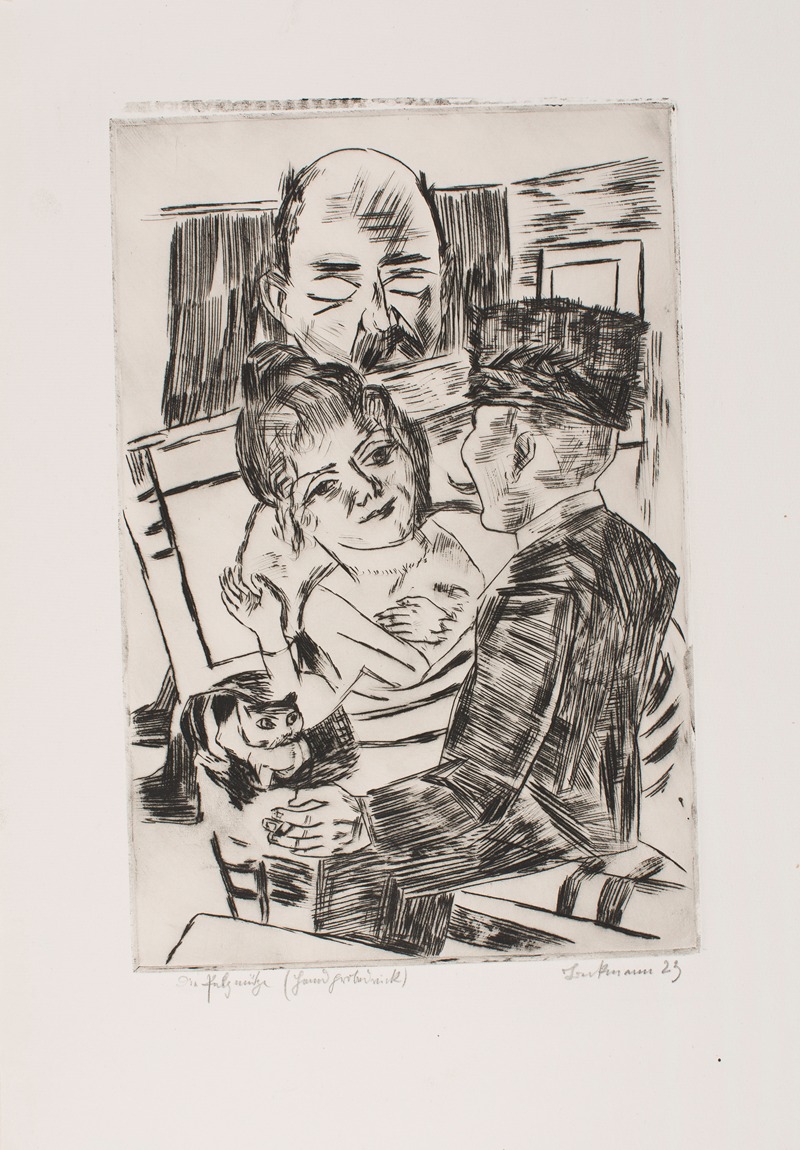
The Fur Cap
A hand-painted replica of Max Beckmann’s masterpiece The Fur Cap, meticulously crafted by professional artists to capture the true essence of the original. Each piece is created with museum-quality canvas and rare mineral pigments, carefully painted by experienced artists with delicate brushstrokes and rich, layered colors to perfectly recreate the texture of the original artwork. Unlike machine-printed reproductions, this hand-painted version brings the painting to life, infused with the artist’s emotions and skill in every stroke. Whether for personal collection or home decoration, it instantly elevates the artistic atmosphere of any space.
Max Beckmann, a prominent German painter and printmaker, created "The Fur Cap" in 1927. This painting is a significant example of Beckmann's work during the Weimar Republic era, a period marked by social upheaval and artistic experimentation in Germany. Beckmann is often associated with the New Objectivity movement, which emerged as a reaction against the emotional intensity of Expressionism. This movement sought to depict the world with a more sober and realistic approach, often highlighting the complexities and contradictions of modern life.
"The Fur Cap" is a portrait that exemplifies Beckmann's distinctive style, characterized by bold lines, strong contrasts, and a sense of psychological depth. The subject of the painting is a woman wearing a fur cap, a common fashion accessory of the time, which adds an element of elegance and sophistication to the composition. Beckmann's use of color and form in this painting reflects his interest in capturing the inner essence of his subjects, rather than merely their outward appearance.
In "The Fur Cap," Beckmann employs a rich palette, using deep blacks and browns to create a striking contrast with the lighter tones of the woman's face and the background. This contrast serves to draw the viewer's attention to the subject's expression, which is both enigmatic and introspective. The woman's gaze is directed slightly away from the viewer, suggesting a sense of contemplation or introspection. This characteristic is typical of Beckmann's portraits, where the psychological state of the subject is often a focal point.
Beckmann's technique in "The Fur Cap" demonstrates his mastery of composition and form. The painting's structure is carefully balanced, with the fur cap serving as a central element that anchors the composition. The texture of the fur is rendered with meticulous attention to detail, showcasing Beckmann's skill in capturing the tactile qualities of different materials. This attention to detail is complemented by the simplified forms and bold outlines that define the subject's features, creating a harmonious blend of realism and abstraction.
"The Fur Cap" reflects the broader cultural and social context of the 1920s in Germany. During this time, the country was experiencing significant changes, with rapid industrialization, urbanization, and shifts in social norms. Beckmann's work often engages with these themes, exploring the tensions and contradictions of modern life. In this painting, the fur cap itself can be seen as a symbol of the era's fascination with luxury and fashion, while the subject's introspective expression hints at the underlying anxieties of the time.
Max Beckmann's "The Fur Cap" is housed in a private collection, making it less accessible to the public compared to some of his other works. However, it remains an important piece within his oeuvre, offering insight into his artistic development and the cultural milieu of the Weimar Republic. Beckmann's ability to convey complex psychological states and his innovative approach to portraiture continue to be celebrated by art historians and enthusiasts alike.





